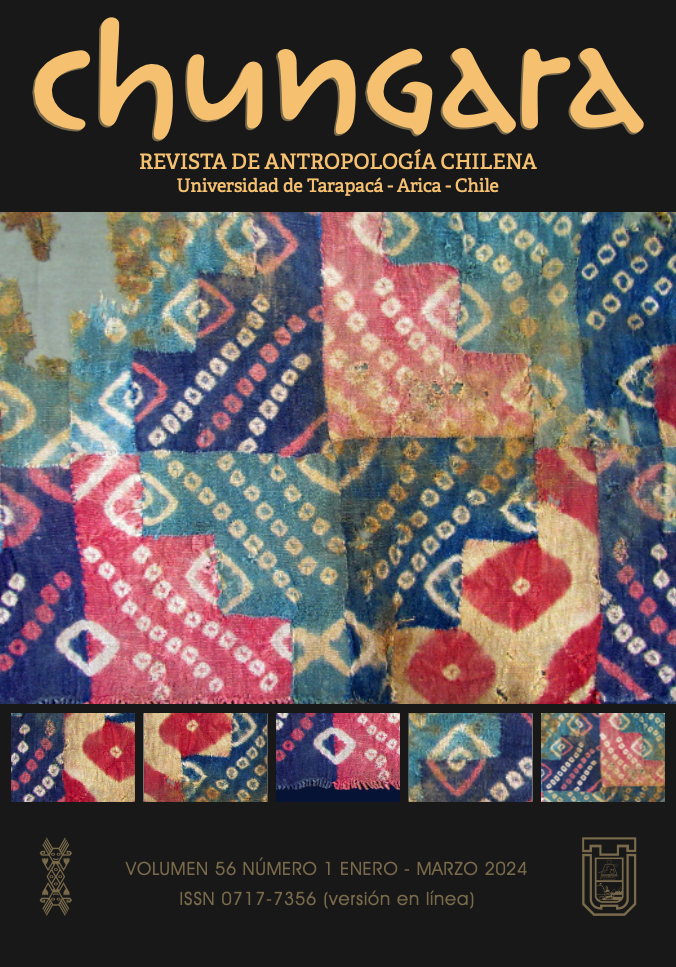Written by Super User. Posted in Papers - English
GENDER AND INTERSECTIONALITIES IN INITIAL TEACHER TRAINING IN CHILE
GÉNERO E INTERSECCIONALIDADES EN LA FORMACIÓN INICIAL DOCENTE EN CHILE
Liliana Pedraja-Rejas, Emilio Rodríguez-Ponce, Cristhian Cerna y Nicolas Fleet
The article explores the relationship between gender, intersectionality, and student enrolment in initial teacher education programs at Chilean universities. The methodology used was qualitative and descriptive, and involved the generation of a representative structural sampling and instrumental case study, comparing roles in the undergraduate teaching programs of three universities differentiated as mass state, mass private, and elite institutions. Between 2019 and 2021, we compiled data from 28 semi-structured interviews. The information was triangulated and analyzed following grounded theory principles on the basis of axial analysis, with intersectionality as a central category, constituted by students’ sex/gender representations, social origins, reproductive roles, productive roles, and the perspectives adopted towards their degree program. The results of our research show the influence of meanings that articulate the experiences of intersectionality in terms of access to teacher training programs and the training they provide. These meanings are shaped by unequal educational trajectories that create student representations associated with productive and caregiving roles, as well as an experience centered around the construction of differentiated discourses of vulnerability in relation to teacher training.
Print
Email
Written by Super User. Posted in Papers - English
ASSEMBLAGES, MULTIPLE TEMPORALITIES, AND PRE-HISPANIC PRACTICAL TRADITIONS. THE ARCHAEOLOGICAL RECORD OF EL SUNCHAL (ANFAMA, TUCUMÁN, ARGENTINA)
ENSAMBLAJES, TEMPORALIDADES MÚLTIPLES Y TRADICIONES PRÁCTICAS PREHISPÁNICAS. EL REGISTRO ARQUEOLÓGICO DE EL SUNCHAL (ANFAMA, TUCUMÁN, ARGENTINA)
Francisco Franco, Juan M. Montegú, Gonzalo Moyano, Rocío Molar, Agustina V. Fiorani, Stefanía Chiavassa Arias, Agustina Etchegoin Tonello, Lucía Justiniano, Lucía de Salazar, Valeria Franco Salvi and Julián Salazar
This paper characterizes material practices as a result of the complex interplay between assemblages, time, and environment at the archaeological site of El Sunchal (Anfama, Tucumán). To this end, we present the results of different lines of research, including architectural characterizations together with stratigraphic, radiocarbon, ceramic, and lithic analyses. These have revealed multiple occupation events that allow us to address the recurrence in the use of space of different socio-temporal processes that began around ca. 2000 BP and extended to late pre-Hispanic times around ca. 550 BP. The asynchrony in the occupational sequence enables us to investigate the dynamics of the architectural, ceramic, and lithic technical traditions, evaluating the continuities and changes over time, and their implications in relation to the social memory of the groups that lived there. The results obtained as a whole suggest a relatively intense process of territorialization that occurred between ca. 2000 and 1500 BP, followed by milder pulses of intensity at later times.
Print
Email







